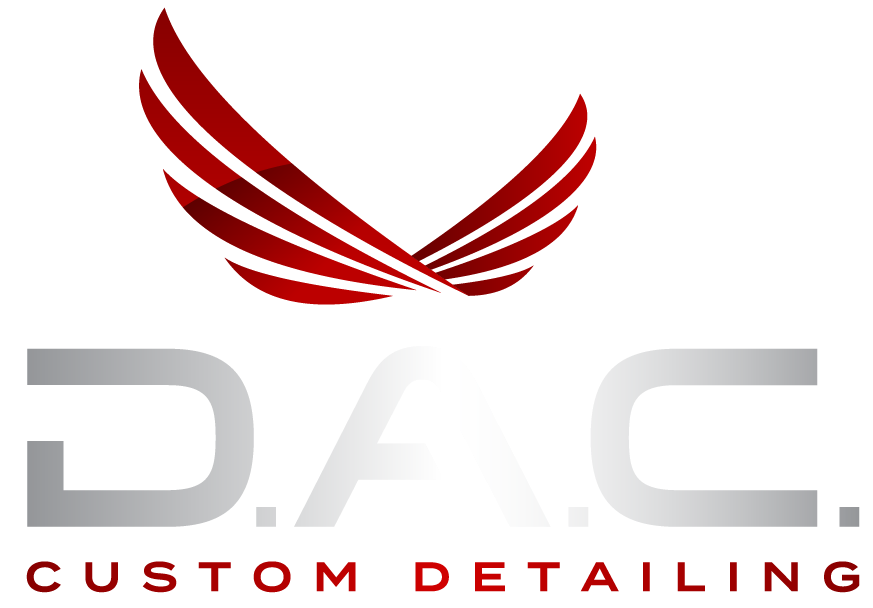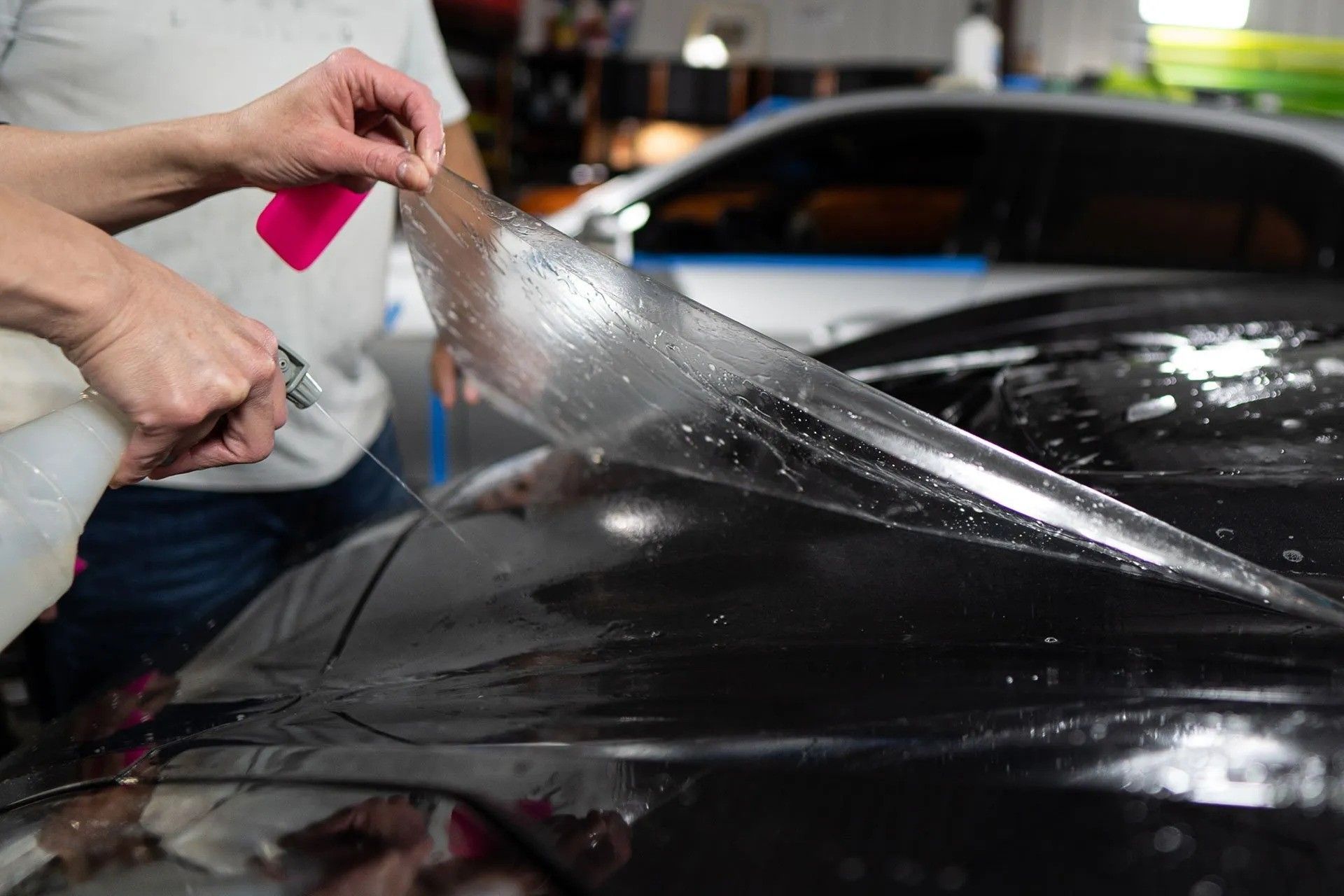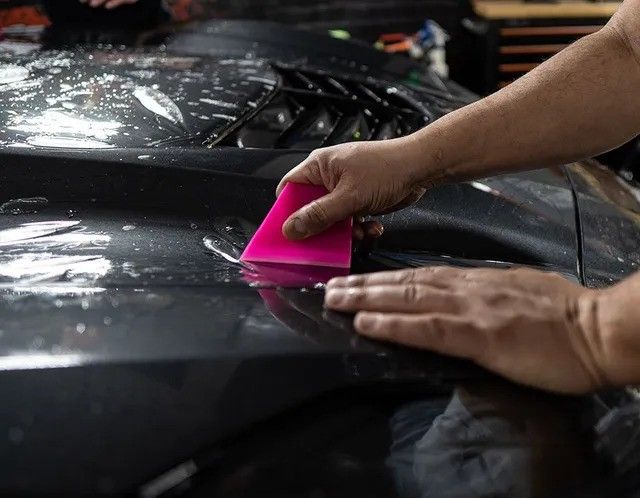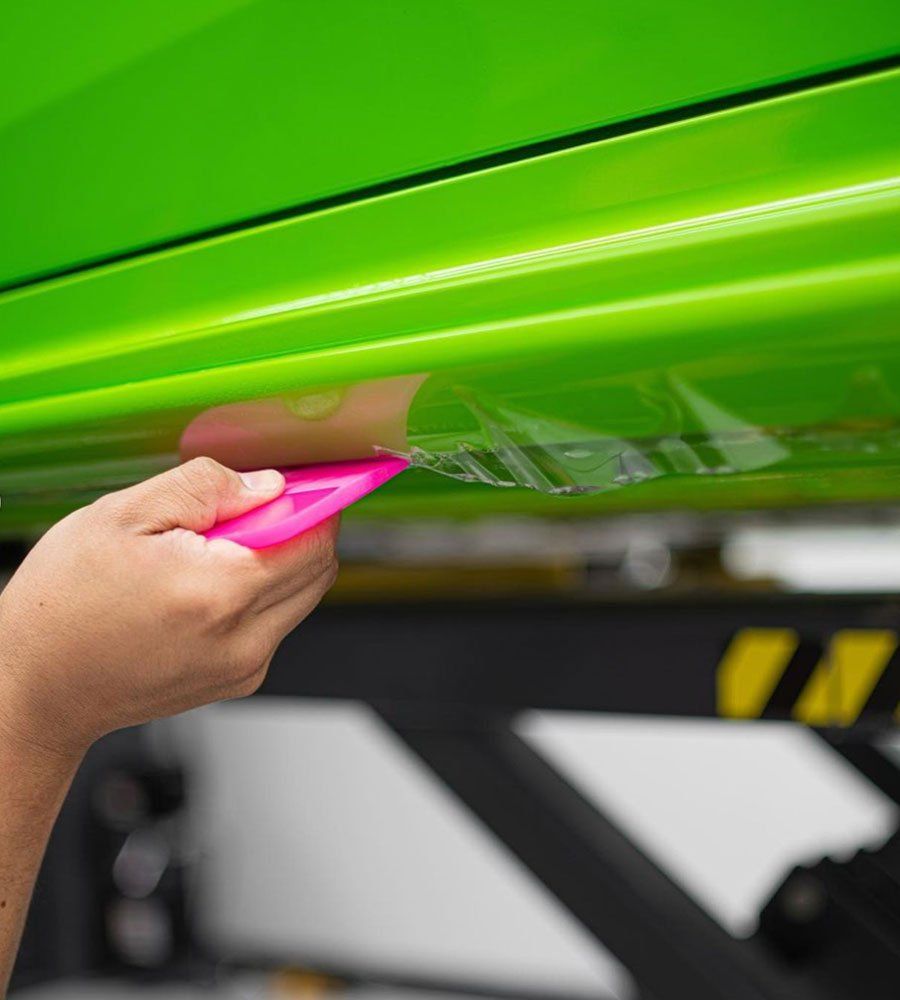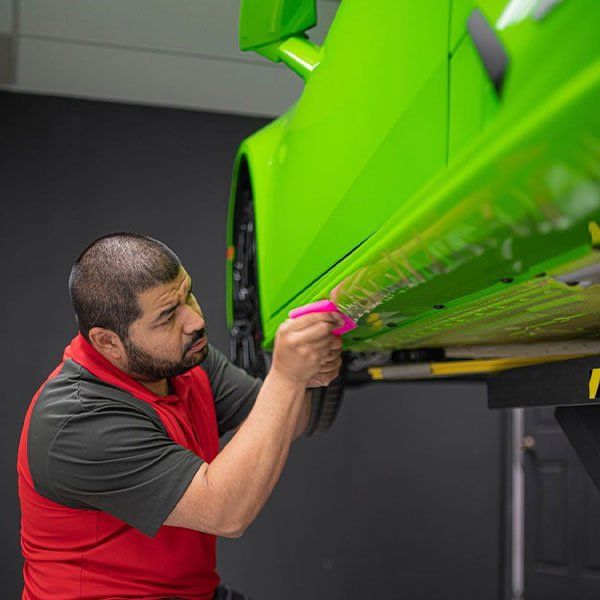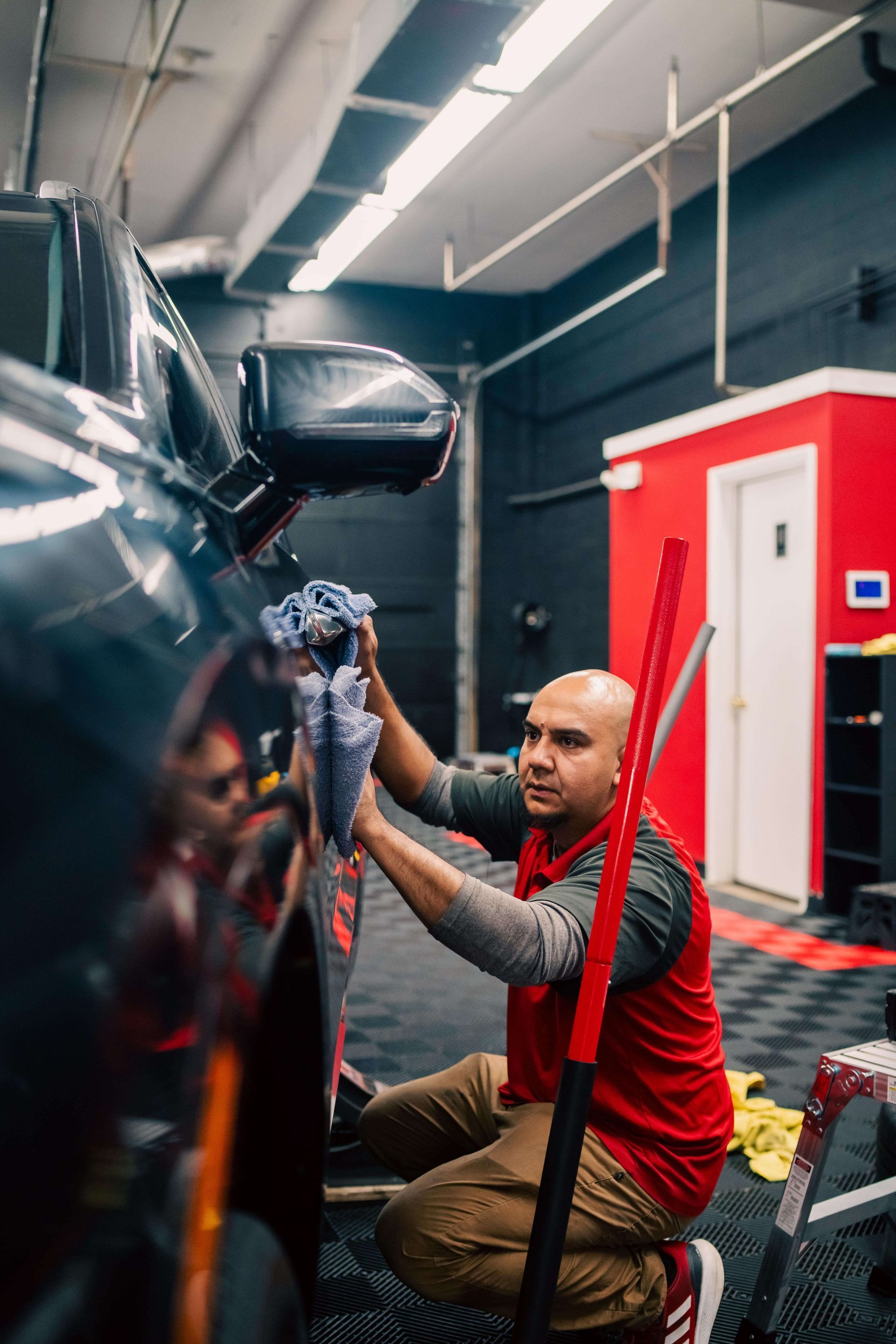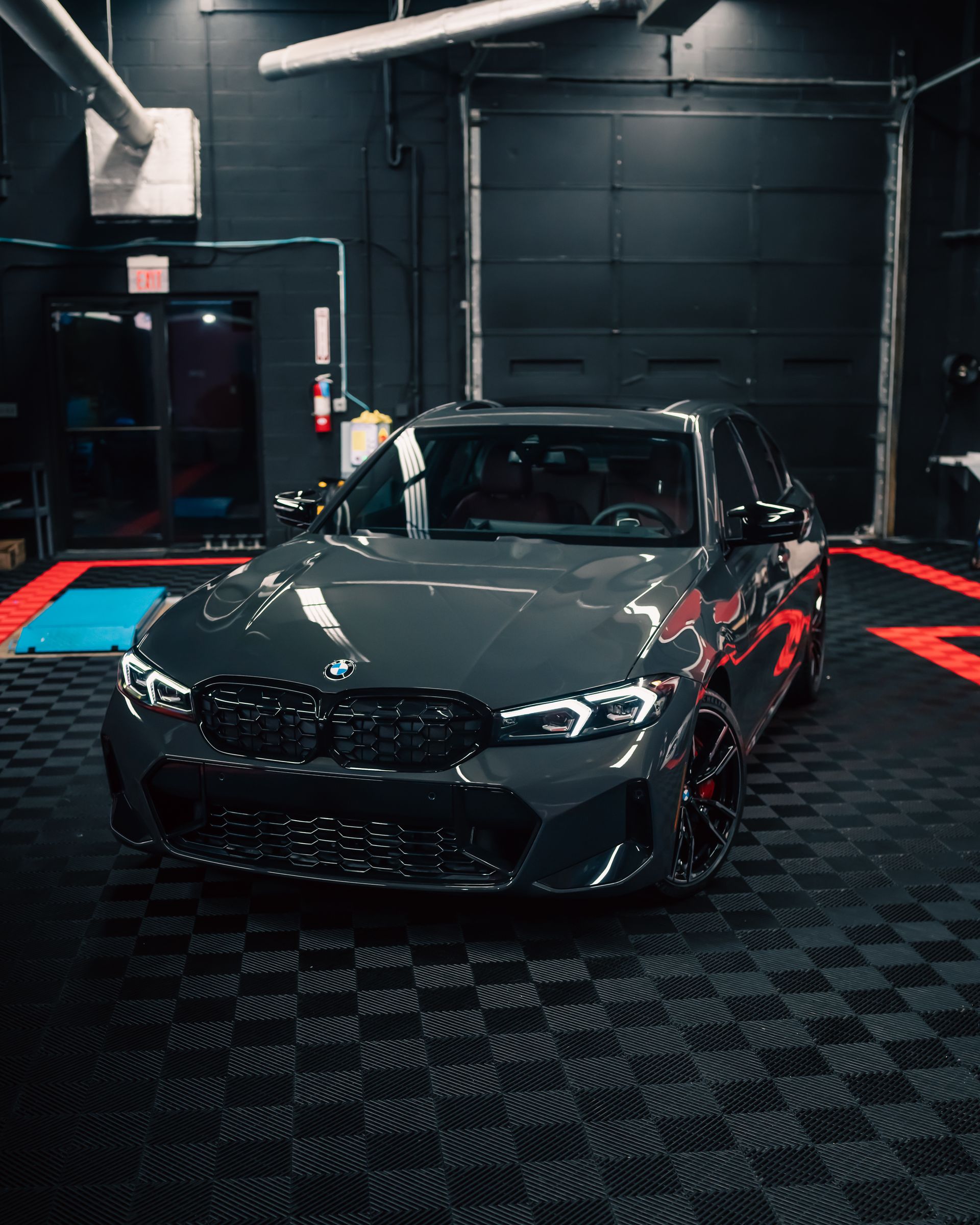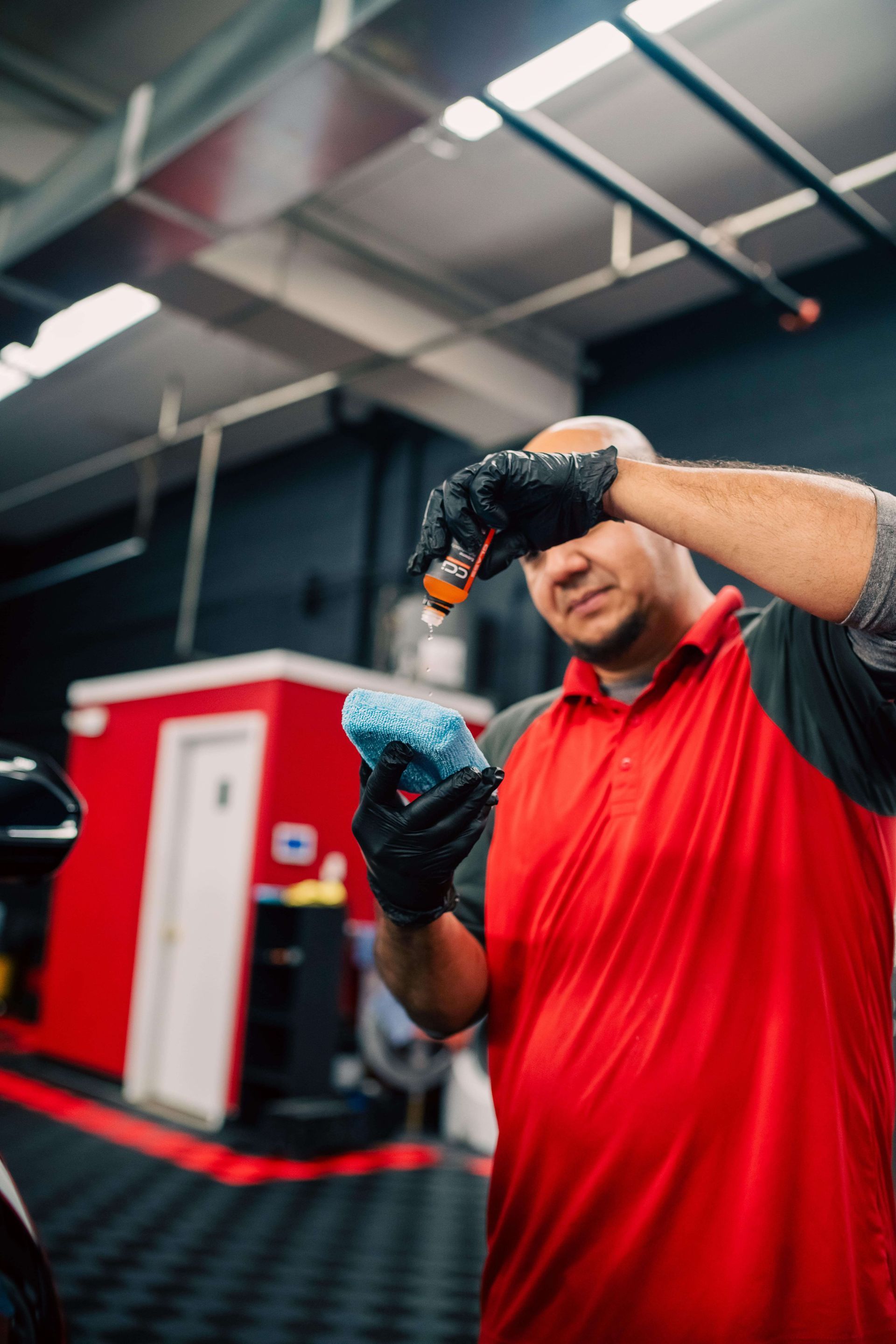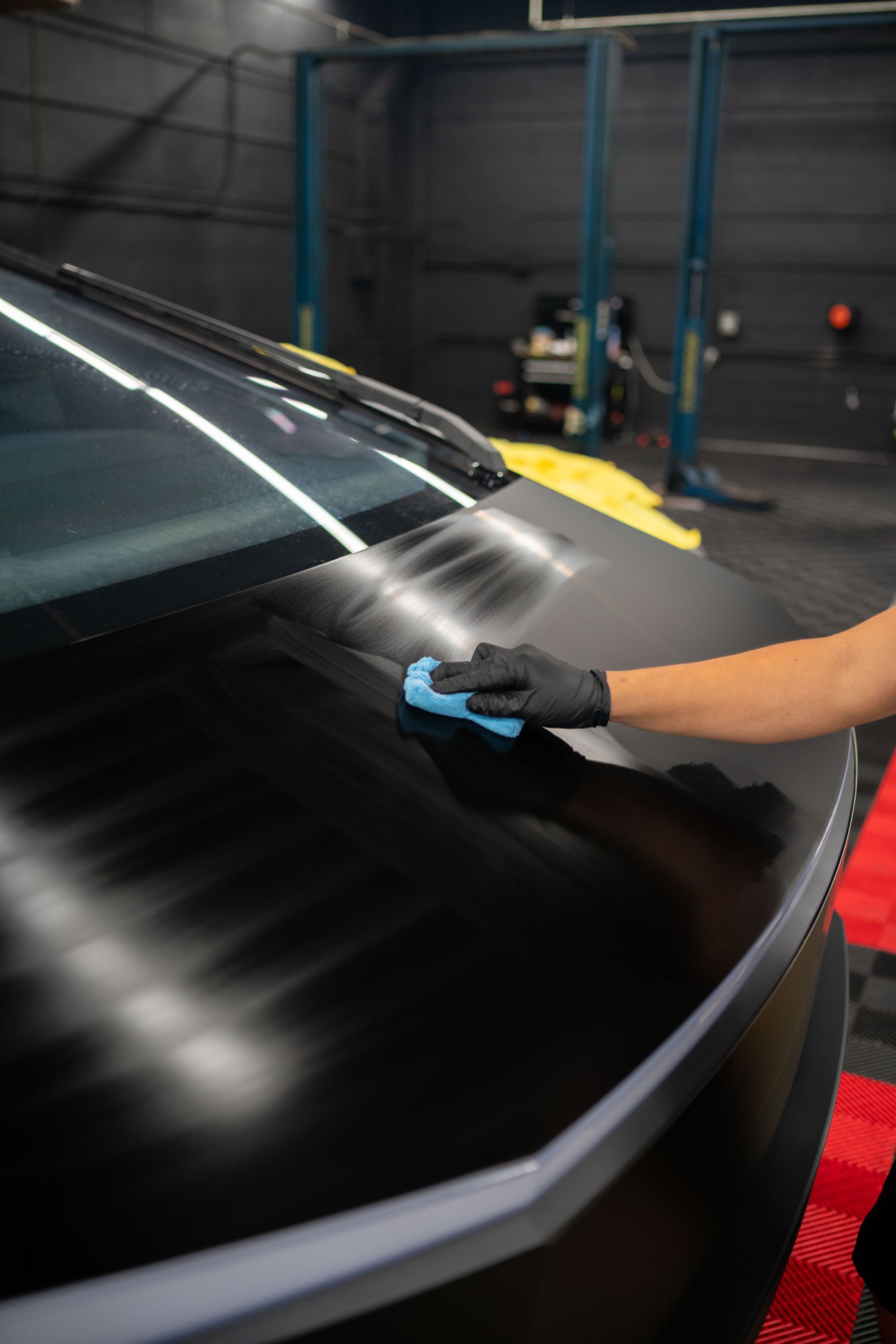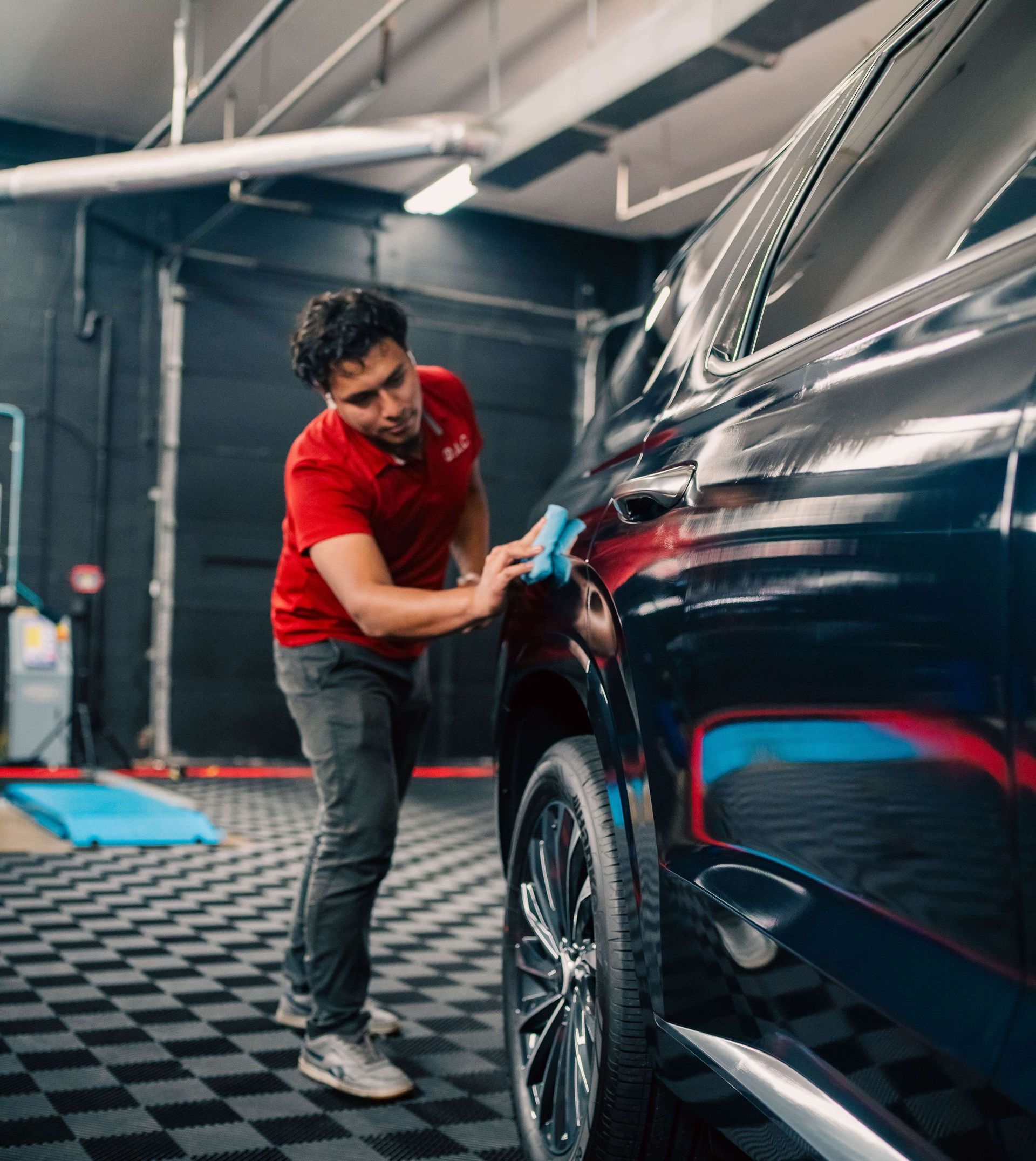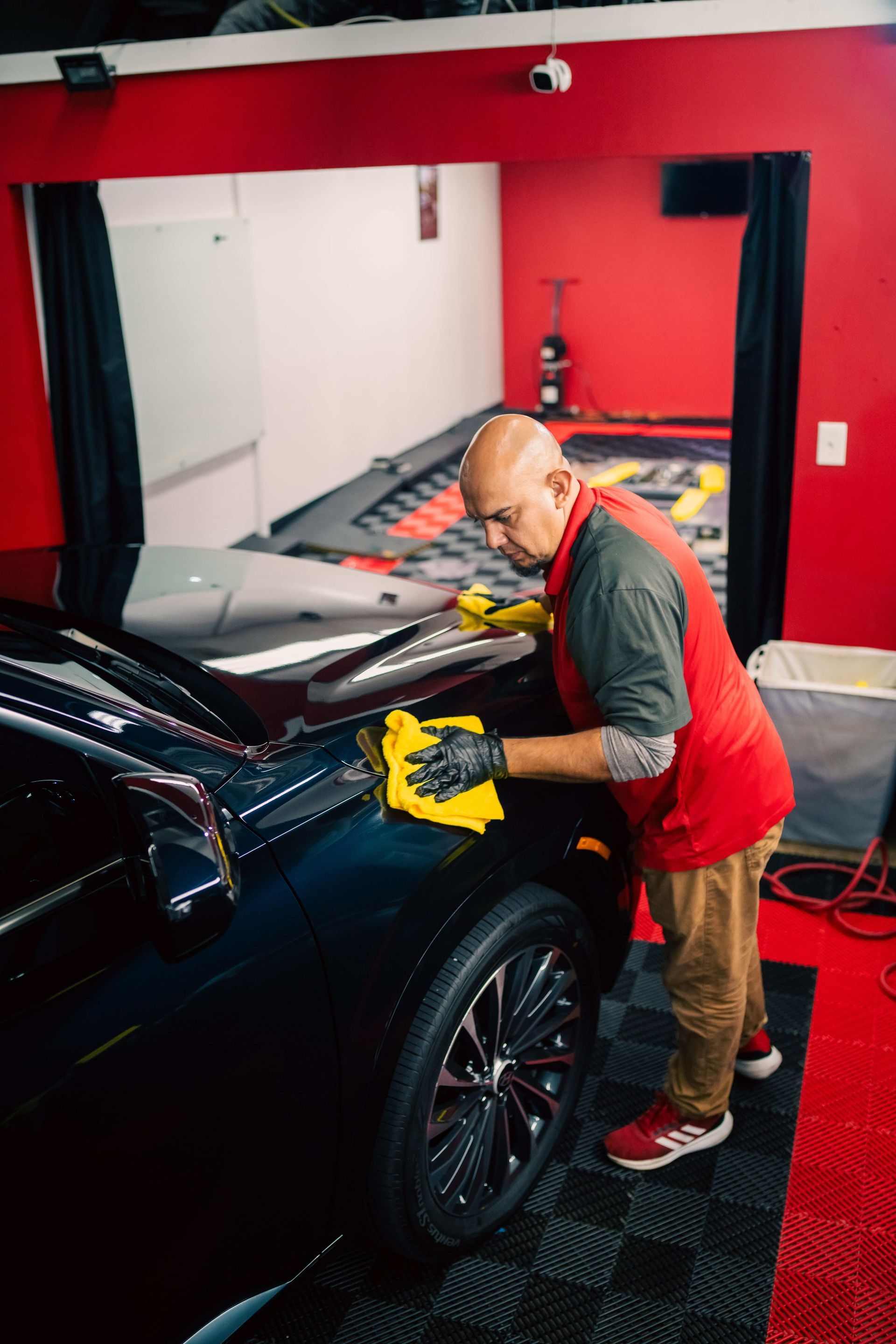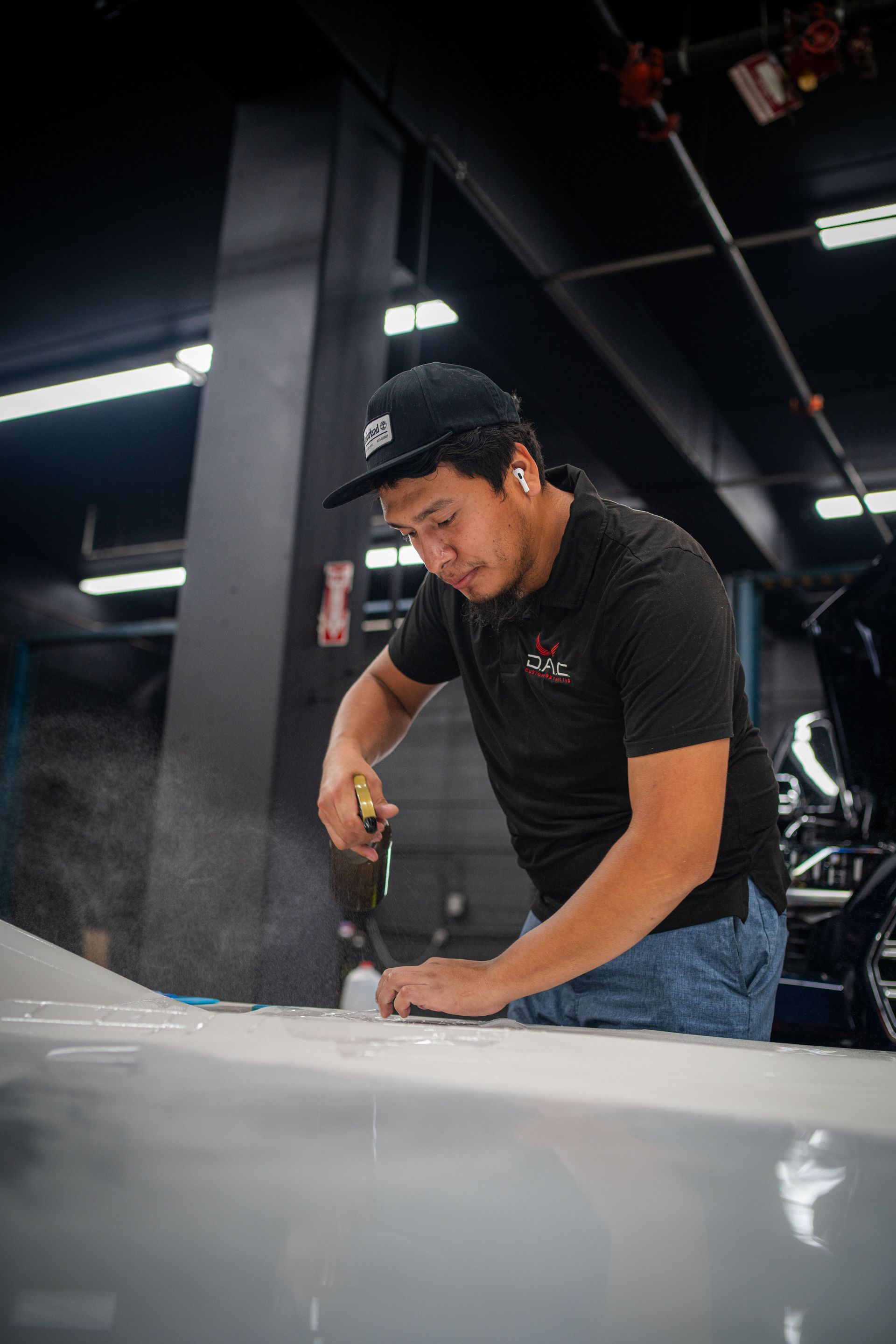REVIVE, PROTECT, MAINTAIN
Owning a car is more than just transportation; it's an emotional investment and a point of pride for many enthusiasts. The fear of seeing a fresh scratch or chip mars that sense of perfection we've worked so hard to maintain. Weekends spent polishing every inch or attending car shows are all part of preserving our beloved machine’s showroom finish.
Paint protection film acts as a transparent shield, protecting a vehicle's paint from road debris and reducing the risk of chipping or scratching. It is made of thermoplastic urethane films that offer protection without compromising the car's original look. Paint protection films can reduce the risk of paint chips and scratches caused by rocks and debris on the road.
What is Paint Protection Film?
Imagine a shield that is entirely transparent and nearly invisible to the eye, yet strong enough to protect your car's paint from chips, scratches, and environmental damage. This is essentially what paint protection film, also known as a clear bra, offers. It's like an invisible armor for your car that preserves its aesthetics while providing robust protection against various road hazards. The technology behind paint protection film is truly remarkable. Originally developed for military use in safeguarding helicopter blades from debris and environmental wear, paint protection film has been successfully adapted for automotive applications. Composed of thermoplastic urethane film, this transparent shield provides exceptional defense without compromising the original look of your vehicle.
To give you a sense of its effectiveness, consider the high-impact areas of a car, such as the hood, front bumper, side mirrors, and door edges. These are commonly prone to damage from road debris and environmental elements. PPF serves as a reliable barrier against all these threats, ensuring that your car retains its flawless appearance for years to come. Not only does paint protection film shield your car's paintwork from rocks, gravel, and other road debris, but it also acts as a protective layer against environmental factors such as UV rays, acid rain, and bird droppings. The film's ability to resist these elements plays a crucial role in preserving the integrity of your vehicle's paint over time.
How Does it Protect Against Road Debris?
Imagine your car navigating down the road, through highways and city streets. Now visualize all the tiny rocks and bits of debris flying around. Some might hit your car’s paint job and leave unsightly chips, scratches, and dents behind, but not if your car is protected by paint protection film. Paint protection film acts as a reliable shield against these hazards. It's like armor for your car's paint. The beauty of paint protection film lies in its multi-layered composition, which comprises an adhesive layer, several polyurethane layers, and a top protective coating. This dynamic combination serves to diffuse the energy from debris impacts, preventing them from directly harming the vehicle’s surface. When rocks or other debris strike the PPF-covered surface, this protective film absorbs the impact without allowing it to affect the paint underneath. This effectively minimizes the risk of scratches, chips, and dents.
Paint protection films reduced paint chips by up to 80% caused by rocks and debris encountered on the road. This underscores the remarkable protective capability of paint protection film in shielding a vehicle’s exterior from such common hazards. Moreover, modern iterations of paint protection film boast a self-healing property that sets them apart. These advanced films have the ability to heal minor abrasions and scratches over time when exposed to heat from direct sunlight or even a heat gun. This means that small scratches that would typically require touch-ups or professional repair work can magically vanish on their own—a true testament to the innovative nature of paint protection film technology.
So with PPF on your car, you’re not just adding a layer of protection; you’re investing in long-term maintenance of your vehicle’s aesthetics and integrity. The film's ability to deflect energy from impacts and even mend itself makes it an indispensable asset for preserving your vehicle’s appearance and resale value.
Types of Paint Protection Film
When safeguarding your car from road debris, there are various types of paint protection films to consider, each offering distinct advantages.
- Pre-Cut Kits: One of the most popular options is the pre-cut kit. These kits are tailor-made for specific vehicle models, ensuring precise coverage without the need for manual trimming. This makes them convenient for individuals who enjoy do-it-yourself projects. With pre-cut kits, you have the peace of mind that the film aligns perfectly with your car's contours and edges, maximizing protection without excess material. Imagine it as a puzzle designed specifically for your vehicle. Each piece slots seamlessly into place, providing comprehensive coverage exactly where it’s needed. Installation becomes an easy task, minimizing errors that may occur during manual cutting. Additionally, pre-cut kits come with detailed instructions, making them accessible for anyone looking to safeguard their car without the added cost of professional installation. The convenience and precision make pre-cut kits an attractive choice for many car owners.
- Bulk Rolls: Alternatively, professional installers often prefer bulk rolls. These rolls allow installers to manually cut and apply the film to any vehicle, granting flexibility for full or partial coverage. This method is ideal for custom applications where specific modifications call for a personalized approach to paint protection film installation. While bulk rolls require more skill and experience to work with effectively, they provide professionals with the freedom to customize the coverage based on the unique needs of each vehicle. Working with bulk rolls also enables professionals to optimize material usage and reduce waste. Instead of being restricted by pre-defined patterns, they can adapt the film according to individual customer requirements, ensuring maximum protection while maintaining a high-quality finish.
- Matte PPF: In addition to the standard glossy finish, matte paint protection film offers a distinctive alternative that has been gaining popularity among car enthusiasts. Along with providing the same level of protection as standard PPF, matte finishes introduce a unique satin appearance to the vehicle's exterior. This distinct aesthetic appeal sets matte paint protection film apart, making it a sought-after choice for individuals looking to personalize their vehicle while securing long-lasting defense against road debris.
Deciding on the type of paint protection film that best suits your needs requires careful consideration regarding the level of customization desired, preferred finish, and installation expertise available. Each option presents its own benefits, bringing a seamless blend of protection and visual enhancement to your cherished vehicle.
Benefits Beyond Road Debris Protection
Investing in high-quality paint protection film for your vehicle goes beyond preventing unsightly chips and scratches caused by road debris. A paint protection film acts as a shield against the harmful effects of UV rays, safeguarding your car's paint from fading and oxidation, thus preserving its vibrant look and overall value. PPF also offers an effective barrier against environmental contaminants that pose a significant threat to your car's exterior. Acid rain, bird droppings, and tree sap can cause stubborn stains and permanent damage to paint finishes. A paint protection film serves as a sacrificial layer, absorbing the impact of these contaminants and preventing them from reaching your car's delicate finish.
For luxury car owners, maintaining the pristine condition of the original paint is crucial to preserving the vehicle's resale value. A paint protection film ensures that your car retains its flawless appearance over time, enhancing its desirability in the pre-owned market and protecting your initial investment in the vehicle. Many modern paint protection film products are designed with hydrophobic properties, repelling water and dirt more effectively than unprotected surfaces. This not only contributes to easier cleaning but also reduces the likelihood of water spots and grime adhering to the vehicle's exterior, making regular maintenance less labor-intensive.
The multifaceted advantages offered by PPF extend far beyond safeguarding your car from road debris alone; from preserving resale value to simplifying cleaning routines, paint protection film provides a comprehensive solution for protecting and maintaining the beauty of your vehicle's exterior.
Installation Process Overview
Installing paint protection film is a precise and methodical undertaking that ensures optimal functionality and aesthetics. A successful installation not only protects your car but also maintains its original appearance without compromising its quality or resale value. The process involves three essential steps, each contributing to the overall effectiveness and durability of the PPF.
- Surface Preparation: The first step in applying paint protection film involves meticulous surface preparation. The vehicle's exterior must undergo a thorough washing and decontamination process to ensure the film adheres seamlessly, going beyond a simple wash. Specialized cleaning using clay bars or alcohol-based cleaners removes residual wax, dirt, or other impurities that might hinder proper adhesion. This critical step sets the foundation for a successful installation, ensuring that no contaminants compromise the bond between the paint protection film and the vehicle's surface.
- Application: With the surface meticulously prepared, expert installers carefully apply the paint protection film using a water and soap solution, known as the "wet application method." This solution allows for easy positioning of the film, enabling precise adjustments before permanent adhesion. During this stage, squeegees are utilized to remove air bubbles and excess solution, ensuring a smooth and seamless application. This careful approach not only eliminates imperfections but also guarantees that the paint protection film lays flat against the vehicle's contours.
- Finishing Touches: The final step involves attention to detail and precision. edges of the paint protection film are meticulously trimmed to ensure a perfect fit, integrating seamlessly with the vehicle's bodywork. Heat guns are then employed to secure the film and activate the adhesive, further enhancing its bond with the car's surface.
The entire process demands substantial skill and expertise, often taking several hours to complete, depending on the coverage area. Patience and precision are paramount during this stage to ensure that every aspect of the paint protection film installation meets high-quality standards. Understanding these intricate details of the installation process allows you to appreciate the level of care and precision involved in safeguarding your vehicle with PPF.
Maintaining Your Paint Protection Film
So, you've invested in premium armor for your car's paint job - the paint protection film. Now it's crucial to master the art of maintaining this shield to ensure it delivers on its promise of safeguarding your vehicle's paint against road debris damage. Let's break down how you can effectively maintain your PPF and keep it in top-notch condition.
Regular Cleaning
Routine cleaning is essential to keep your paint protection film looking and performing its best. Start by washing your vehicle using PPF-friendly automotive shampoos that are pH-neutral. These specialized shampoos effectively clean the surface without compromising the integrity of the PPF. It's important to avoid harsh chemicals and abrasive sponges, as these can cause damage to the film. Remember: The goal is to gently cleanse the paint protection film while preserving its protective properties.
Avoiding Harsh Conditions
When it comes to maintaining your paint protection film, steering clear of harsh conditions is key. For instance, refrain from pressure washing near the edges of the film, as high pressure can potentially lift the edges of the PPF. Additionally, it's advisable to avoid parking under trees to minimize exposure to sap and bird droppings, which can deteriorate the film over time. Imagine a well-maintained, glossy paint protection film gleaming in the sun versus a damaged, discolored one that was neglected. By avoiding harsh conditions and being mindful of where you park, you're significantly prolonging the life and sheen of your paint protection film.
Periodic Inspections
Periodic inspections are crucial for catching potential issues early on and addressing them promptly. Check for any lifting or bubbling, paying special attention to the edges. It's important to follow any specific maintenance guidelines provided by the manufacturer of the paint protection film to ensure longevity and effectiveness. For example, if you notice any lifting or bubbling around the edges, it’s best to consult with a professional installer or technician who can address these issues efficiently. By conducting regular maintenance checks and taking preventive measures, you’re actively investing in the longevity and performance of your paint protection film.
It’s clear that maintaining your paint protection film requires careful attention and adherence to specific cleaning protocols and inspection practices. By adopting these measures, you're ensuring that your investment in paint protection pays off in the long run, keeping your vehicle looking impeccable for years to come. Rigorous maintenance is truly the unsung hero behind a gleaming, well-protected vehicle. The effort put into caring for your paint protection film ensures that your car will continue to exude that showroom shine for years down the road.
Top-Notch PPF Specialists in Temple Hills, M.D.
Protect your vehicle with D.A.C. Custom Detailing, the top-notch paint protection film specialists in Temple Hills, MD. Our top-quality paint protection film offers superior protection against scratches, chips, and environmental hazards, ensuring your car's paint stays in pristine condition. With expert installation and attention to detail, we deliver a seamless and durable finish that not only protects but also enhances your vehicle's appearance. Trust D.A.C. Custom Detailing for unmatched expertise in PPF applications. Contact us today to schedule your service and keep your vehicle looking its best. Call us at (703) 298-1864 to get started!
